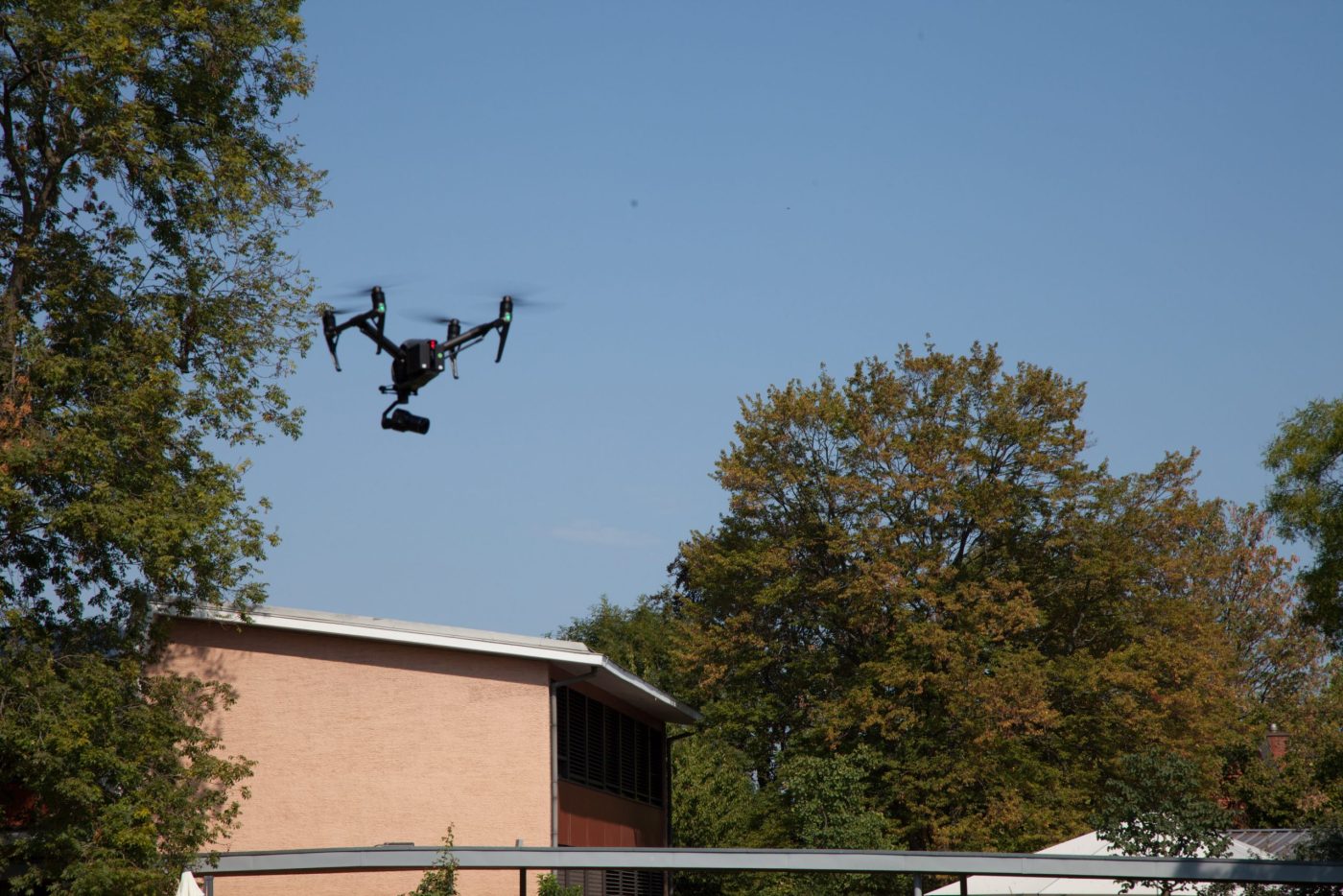Algorithm lets drones fly more safely
Aerodynamics is considered very complex for theoretical computational models. However, autonomous drone navigation could soon be much faster and safer thanks to a new computational system developed by MIT researchers.

Aerospace engineers at the Massachusetts Institute of Technology (MIT) have developed an algorithm that helps drones find the fastest route around obstacles without crashing. The new algorithm combines simulations of a drone flying through a virtual obstacle course with data from experiments of a real drone flying through the same course in a real environment.
Up to 20 percent faster
The researchers found that a drone trained with their algorithm flew up to 20 percent faster through a simple obstacle course than a drone trained with conventional planning algorithms. Interestingly, the drone temporarily fell behind its competitors because in some cases the algorithm decided to let it fly slower to safely negotiate a tricky turn or to conserve energy. But eventually it accelerated again and finished the race as the winner.
"At high speeds, aerodynamics is so complicated that it's hard to simulate. That's why we also rely on real-world experiments," said MIT researcher Ezra Tal. "Algorithms of this type are a very valuable step in building drones that can navigate very quickly through complex environments," adds colleague Sertac Karaman. "We hope to push the boundaries so that they can fly as fast as their physical limitations allow."
More than a technical gimmick
The project is more than just a technical gimmick. In real-life operations, such as the search for missing persons after a natural disaster or forest fire, it is essential that drones reach the scene very quickly. Researchers at the University of Zurich have developed a similar algorithm, but on a different scientific basis.
Source: Press release









